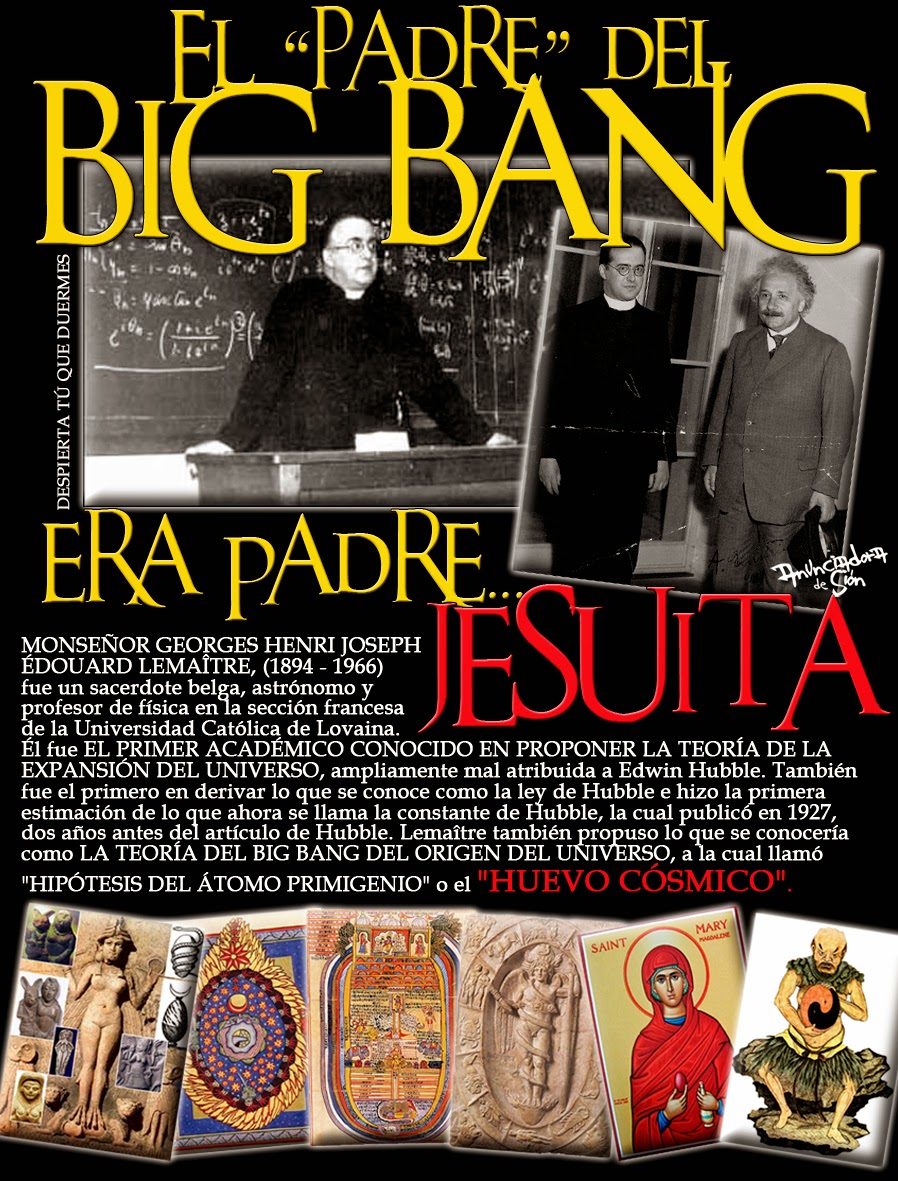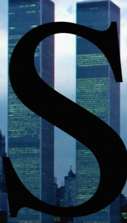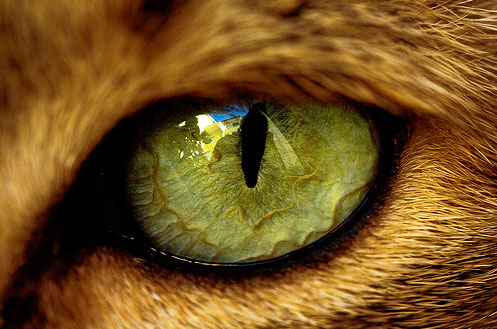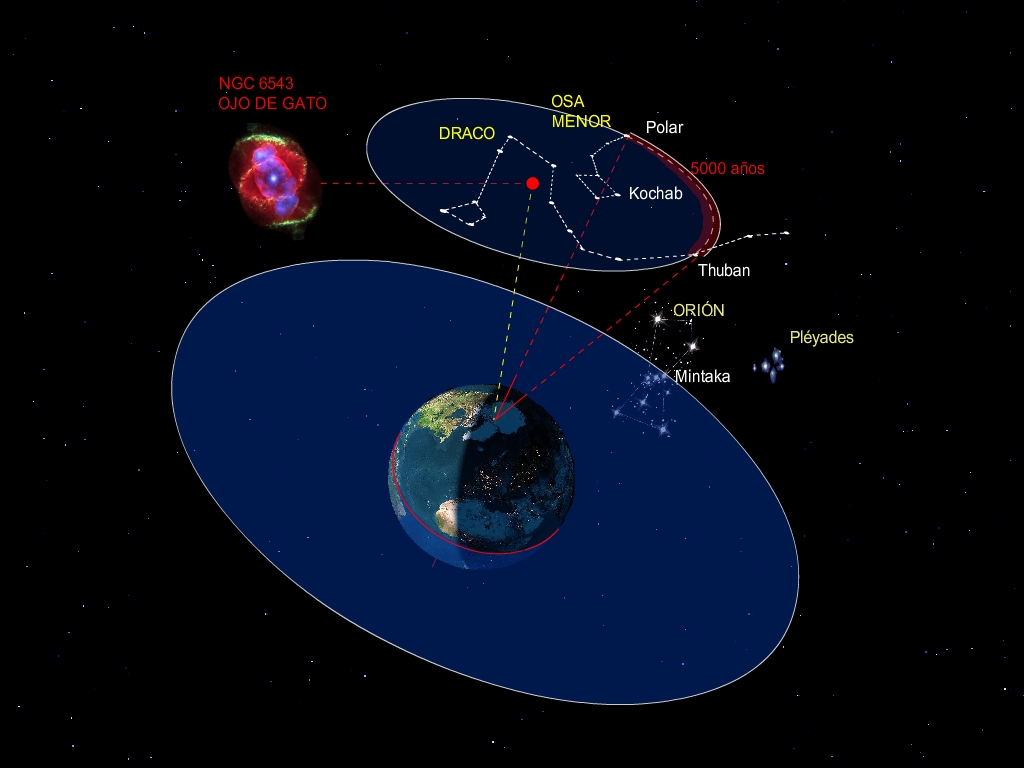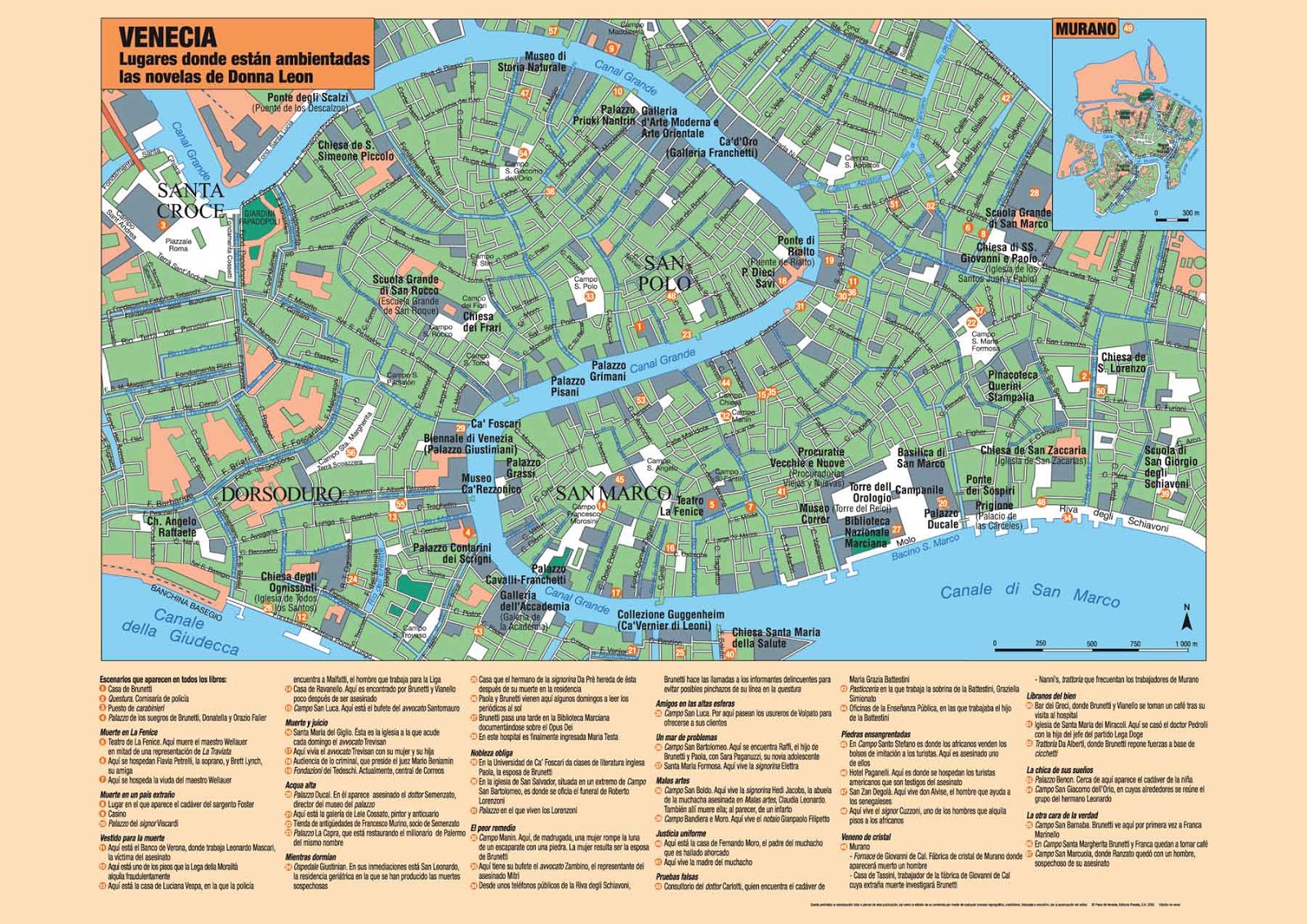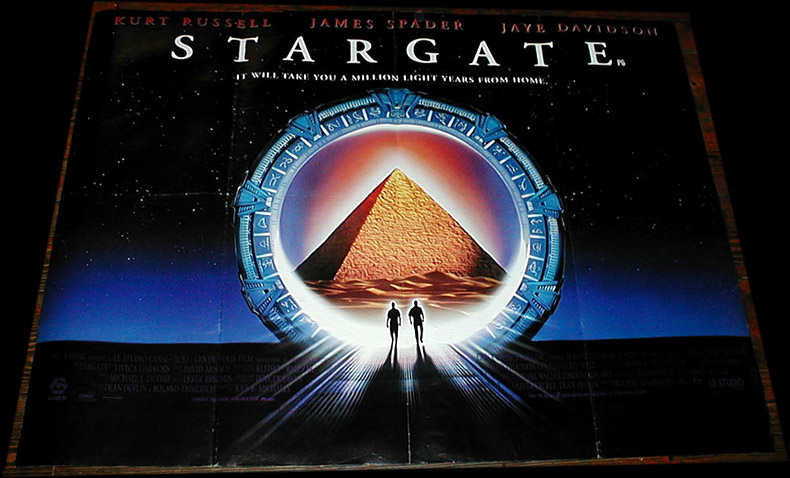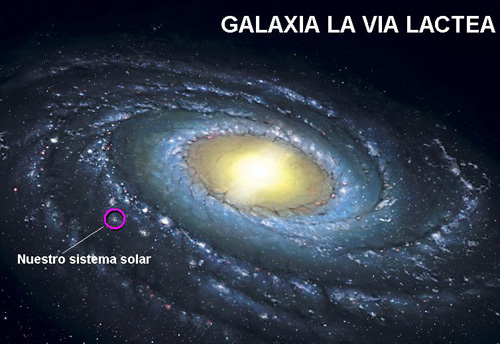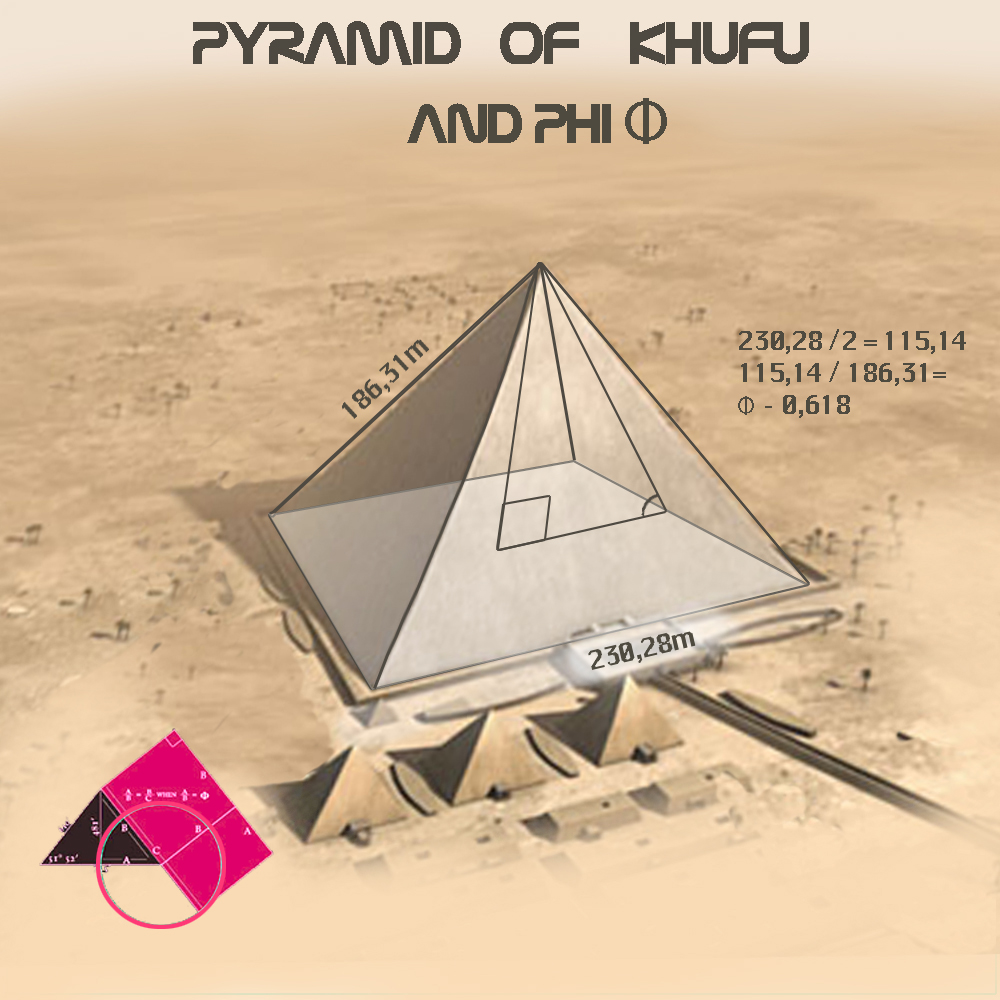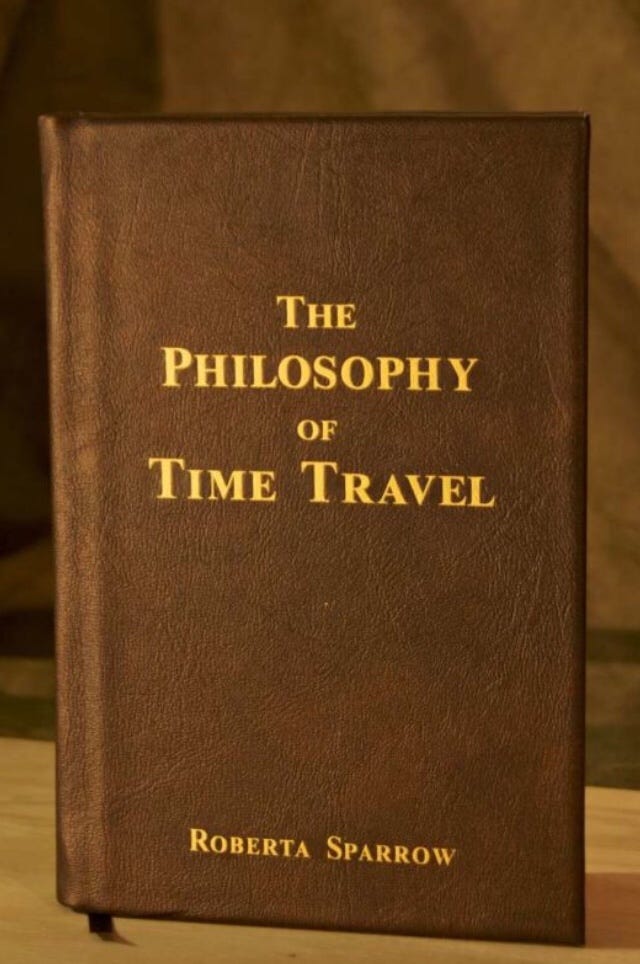by Anthony G. Wheeler

MY SEARCH for Australian pyramids started with a letter to me from a scientific organisation in Norway questioning the existence of pyramids in Australia. The subject of the query was a photograph of an alleged pyramid taken west of Brisbane in south-east Queensland by a Danish photographer; and the claim encompassed not just one, but ten “registered” pyramids in Australia!:
According to the photographer the Australian government is well aware of these pyramids, but keeps their existence secret “because it would change world history”. It further seemed that a professor at the University of Oslo had refused to speak with the intrepid photographer, presumably a subtle seal of approval. Belief in Australian pyramids was growing in Scandinavia and I was asked to look into this claim.
I don’t know about you, but I was staggered! For a start, the very idea of any Australian government successfully keeping anything secret, let alone 10 registered pyramids, seemed incredible in itself! As for the 10 pyramids, surely someone, some time, must have seen them?
With whom does one register a pyramid? And how many un-registered pyramids are there likely to be? As for changing world history, who could resist such a promise of fortune for now and fame for posterity?
So how does one start to “look into this case”, as I had been politely requested? I suppose the photograph could have been circulated to local newspapers for publication in the “lost and found” columns, maybe a $10 reward for every lost pyramid found? But unfortunately the copy that I had received was very poor. So my first letter was to Norway acknowledging their query, assuring them that I and my staff (wife, small daughter, and even smaller daughter) would be right on it, and asking for a better print of the “registered pyramid”.
In the meantime I researched the telephone directories for likely academics and government department heads who could be expected to have something authoritative to say on the possible existence, or otherwise, of any pyramids in Australia, and especially west of Brisbane, and ancient civilizations in Australia capable of building such pyramids. My letters of general enquiry went off, complete with an even poorer photo-copy of the poor print of the photograph. They say that punctuality is the politeness of kings. I don’t know about that, but prompt and courteous replies were certainly the style of my selection of authorities.
The replies were most interesting with many pyramid-shaped natural formations in south-east Queensland being suggested as the subject of the photograph; one, near Helidon, even being named “The Pyramid”. One informant suggested that the photograph was of Mount Edwards taken from a specific direction and with the film printed in reverse; he was so interested and keen that he offered to search for Australia’s lost pyramids. Another correspondent apologised for the delay in his replying as being due to a “pyramid” of more urgent paperwork; academics do so love their little jokes.
One correspondent was able to inform me of the so-called Gympie pyramid, a hill near Gympie with a triangular profile (apparently a common shape for eroded mesaforms following talus accumulation). It seems that frequent claims have been made for this Gympie pyramid in the past, so much so that an archeological investigation had been made of the area, the conclusion being that it was a hill with a stone wall built by European immigrant farmers to reduce erosion. As we shall see, the Gympie pyramid is to play a major role in our story of the claims being made, and believed, for Australian pyramids overseas.
My authorities on archeology, history, construction, conservation, geography, geology, surveying, engineering, anthropology, etc, all were uniformly negative in their replies: no man-made pyramids had ever been constructed by ancient civilizations in Australia.
Pyramids are pretty large things, and presumably anyone interested in canoing on rivers, walking in native areas, travelling through remote areas in four-wheel-drive vehicles (all recreations commonly enjoyed by Brisbane residents) would be likely to have noticed a pyramid or two on their wanderings. I made enquiries among my colleagues at work and friends and acquaintances. Meanwhile a competition to identify the subject of the claimed photograph of the pyramid was run in The Skeptic (published by the Australian Skeptics) and won by a man with the suggestion that the view was of the apex of his neighbour’s roof silhouetted between two gum trees at sunset.
We made our plans, loaded up with maps, compass, cameras, notebooks, rations and the children and we set off on two expeditions. Our first was based at Toowoomba from where we toured the unsigned dirt tracks meandering through the mountains of the Great Dividing Range to identify and photograph the peaks suggested to us as having a pyramid-like appearance.
During this trip we gained a lot of photographs of pointed hills, learned that my wife’s navigation is really quite good, that our car was quite capable of coping with far rougher terrain than could reasonably be expected, and lost a hub cap, Our next trip was to the Gympie area where we crossed underpopulated areas for the benefit of a glimpse and a photo of Spot Height 567. It was on this excursion that we lost another hub cap.
At this point our waning interest was thoroughly rejuvenated by a further letter from Norway including a copy of an article “Inca Wall and Pyramid Mystery in Australia” by Leif Kjær. Coincidentally a colleague at work had learnt Swedish as a hobby and had a Swedish wife, and it seems that Norwegian and Swedish are sufficiently similar for her to translate for me with little difficulty, and if they did run into any problems they even had a Norwegian neighbour to consult. Maybe the Gods of the pyramids were smoothing my path!
What I soon had was a description of material associated with the “Golden Pyramid” near Gympie, some 100km north of Brisbane. It seems that a terraced hill was claimed to be a pyramid on the basis of a nearby stone wall around a church being of unusual construction, supposed local legends and taboos that warned against intrusion into the pyramid area, the predominance in the area of a cactus of South or Central American origin, a statue (the “Iron Man” or “Gympie Ape”) of non-aboriginal manufacture found nearby, and some crude inscriptions on a stone block dug up in the area.
This evidence is claimed to support the idea that South American Incas sailed to south-east Queensland, built pyramids, and sailed away again leaving behind the pyramids, a few artifacts and a prickly cactus. Each step in the argument sounded reasonable, and led the reader on to accept the staggering notion of Australian pyramids. Would world history need to be re-written? I decided to check the details with all the sources quoted or referred to.
The first evidence described in the article is the discovery by an amateur archeologist Marilyn N. Pye from Sydney, of the “true” nature of a stone wall around the Surface Hill Uniting Church in Gympie. It seems that the stones had been carried from the top of the pyramid to Gympie in the 1930s where they were reassembled exactly in order to form the church wall.
The presence of “weird hew marks”, the absence of mortar, the similarity of the appearance of the wall to that of walls in the South American city of Machu Picchu in Peru (the lost city of the Incas), and an assessment by a Sydney stonemason convinced Marilyn Pye that this wall had been built from stones removed from the top of the pyramid, and that the pyramid had originally been built by the Incas.
Marilyn Pye and the stonemason could not be contacted. The culture-anthropologist who had reputedly confirmed the link with Machu Picchu could not be found at the alleged York College, New York, or the nearest possibility of York College of Pennsylvania, Pennsylvania. Further, the minister at the church, the Rev Stan Geddes, has spoken out as having actually seen the wall built as part of a local council job creation project during the depression of the 1930s from material cut nearby at Rock’s Road quarry. At the same time a wall had been built around the nearby Catholic Church using the same stone but in a different style; this wall later fell down a few years ago.
The next aspect discussed was the three entrances to the pyramid based exclusively on the memory of her childhood by a local resident, Mrs Berry, and her memory of the activity of subsequent children in exploring the area as related to Marilyn Pye. Apparently the tunnel entrances were later blocked off, in the 1930s, by the farmers in the area to prevent their cattle wandering in. Still according to the article, the pyramid area was used as a slaughter-ground, presumably by the local farmers, and the waste blood and offal were thrown down a huge, very deep shaft described by Mrs Berry.
I was fortunate to locate Mrs Berry and correspondence with her revealed that much of the information credited to her was actually her memory of other people’s observations well before her time. Mrs Berry and her husband had a farm opposite “Pyramid Hill”, an area which had been terraced by earlier German settlers who had tried growing grapes for viniculture. Presumably it was this terracing that had inspired the stories of pyramids.
Mrs Berry described drives (entrances?) into the hill that the cattle would enter — these had possibly been made by prospectors attracted by the gold rush stories of the 1860s and 70s. As for the huge and very deep shaft, Mrs Berry referred to a number of holes in the top of the hill, and the local man, Mr Meredith, who filled them in (possibly because they were a danger to children playing in the area).
According to the article the Gympie pyramid is densely covered by small trees and prickly pear, one of the cactus family, and much is made of the fact that the prickly pear is not a native of Australia, and originates in North and South America. The explanation offered is that Central or South American Indians, who valued the plant for its medicinal properties, a source of fibre for weaving sisal and fermenting to produce alcohol, brought it with them to Australia. When they departed they left plantations of prickly pear to spread over the area to hide and protect the holy pyramid from the intrusions of the local people.
I’m afraid the truth is more mundane. The fact that the prickly pear is not a native of Australia, and originated in America, is well known and no secret. Governor Phillip, the first Governor of the Botany Bay penal colony, on his way to Australia with the First Fleet, collected seeds of prickly pear (cochineal fig), along with those of other plants (coffee, indigo, cotton, etc) when they called in at Rio de Janeiro from August 7 until September 4, 1787. The intention was to plant the seeds in the new colony in Australia as the possible foundations of future new industries.
We now turn to a 2.44-metre diameter stone disk with a circular concavity at its centre, described in the article. This stone was apparently found near Mount Wolvi, a few kilometres from Gympie (how far from the “Golden” pyramid is not specified). This stone was now reportedly in the cellars of the Queensland Museum in Brisbane.
As a result of conversations with a senior member of the Queensland Museum staff I can safely report that they haven’t got it; after all a circular stone disk 2.44 metres in diameter (taller than any man around here) is hardly likely to be unobtrusively tucked into some forgotten comer. And it should be said that Mount Wolvi is a long 20km east of Gympie.
Next we have the suggestion that 6000 years ago the la Tolita people of Ecuador sailed on balsa wood rafts to Australia, navigating by the stars and using the Humboldt current. And as proof we have Louis Guerara’s 1974 Las Balsas expedition duplicating this achievement, and landing on an east Australian beach hardly 40km from Gympie. Now it seems that Louis Guerara is a descendant of the la Tolita people, that “la Tolita” means “little height, hill or pyramid”, that they are alternatively called the Huantalipas Indians, and that Louis Guerara recognised the stone disk as being associated with his ancestral people.
The la Tolita people are known as having been specialists in melting gold and platinum (wasn’t everybody in South America?) which requires temperatures of up to 2000 degrees Celsius; these temperatures were attained by focusing the sun’s rays using the central concavity of basalt stone disks exactly like the one discovered near Gympie. (The idea of South American Indians from the home of the fabled “El Dorado” having sailed all the way to Queensland to mine and smelt gold makes the mind boggle.) And if further evidence is needed, by coincidence the local aboriginal legends reputedly tell of people using large stone disks to study the stars.
So far so good, except that Luis Guevara (his spelling) claims to have been misquoted and misinterpreted, and has no knowledge of the events described. After that there seems little point in my adding that the Humboldt current is marked on all the maps that I have found as running north along the western coast of South America; I have no idea how a stone concavity could possibly reflect the solar radiation to produce 2000 degrees Celsius in any substantial mass of metal; and I cannot imagine how a stone, even if brightly polished, could be of any use in studying the stars.
The “Iron Man” is a stone statue originally considered to have been left by the Chinese gold prospectors who swarmed into Queensland and the Northern Territory during the gold rush era of the last century. The article claims, however, that Luis Guevara immediately recognised the workmanship as characteristic of the la Tolita people (erect posture and protruding edges), and distinct from that of almost all other South American cultures (rounded edges). It is suggested that the statue, now in the Gympie Civic Centre, was placed on a pillar on a nearby height to discourage local inhabitants from wandering into the pyramid area.
As well as Luis Guevara’s general denial of everything attributed to him, we are left wondering about how the workmanship on the “Iron Man” statue compares with that on Chinese and South American statues. If the “Iron Man” is typical of Chinese workmanship then there is no need to speculate on an improbable South American origin. The claimed “Iron Man” statue is synonymous with the “Gympie Ape” statue dug up by Mr Dal K. Berry (Mrs Berry’s husband) in 1966 with a disk plough while cultivating his farm land; and currently on display in the Gympie Civic Centre. This statue is indeed crude, in fact my wife maintains that it’s just a lump of rock and small daughter, when told it was the “Gympie Ape”, asked if it was upside-down.
Next we have a 50kg crudely oblisk-shaped clip-block dug up from a depth of eight metres during an excavation for foundations in a low-lying, swampy area near Gympie. The stone is decorated with an inscription of a symbolic sun and two bowing snakes facing away from each other. The stone was apparently purchased by Mr Bernd Ulrich of Toowoomba University from the excavator driver, and he had the stone examined at the University.
As a result of this examination it was deduced that the inscription was made at the time that the stone was quarried, that it had been exposed to the air for some time before being buried, and that the inscriptions were not made with modem tools but with soft metal (copper or bronze) implements. Archeologist Bob McQueen is quoted as emphasising that the inscriptions had not been carved by Australian aborigines. Mr Bernd Ulrich learnt of Marilyn Pye’s interest in pyramids and associated artifacts and invited her to look at his stone. Marilyn Pye did so, and promptly bought the “Sun Stone” for a very large sum.
Unfortunately “Toowoomba University” does not exist, and Mr Bernd Ulrich cannot be traced in Toowoomba or through any of the tertiary educational establishments in the area. However, I spoke to Bob McQueen and he stated that he has spoken to Marilyn Pye on the telephone and heard a description of the sun symbols and the two snakes, but he has never seen them and has never said that they were not inscribed by aborigines. Further, Bob McQueen described how investigation of the stone wall and “Iron Man” statue by a colleague of his in the Archeology Branch of the Queensland Department of Community Services had produced no support at all for the claimed existence of pyramids in the Gympie area, nor was there any archeological evidence for any pyramids elsewhere in Australia or the past presence of any pyramid-building cultures.
During 1983 it seems that Marilyn Pye took this 50kg “Sun Stone” with her on her travels. The Hawaiians, it is claimed, begged Marilyn Pye to leave the “Sun Stone” with them as they considered the symbols holy. The vice-general secretary of the United Nations, Mr Robert Müller then apparently asked Marilyn Pye to donate the “Sun Stone” to the United Nations. And in Arizona the 112-year-old blind chief of the Hopi Indians, David Monyonga, recognised the symbols by touch as being predicted in their old legends, and said that there are a further three stones to be found. According to the Hopi Indians the “Sun Stone” was a sort of computer that would bring peace and wisdom to the world. This, it is speculated, was presumably the reason that Robert Müller wanted the “Sun Stone” so much for the United Nations.
The idea of a 50kg stone for a travelling companion is entertaining, but not impossible. However, the alleged conversation with Robert Müller is, at least according to Robert Müller, total fiction. Back in Australia Luis Guevara is again brought into the story, this time as recognising the sun symbol and two snakes as holy to the la Tolita people. Mr Guevara’s denial, mentioned earlier, covers this as well.
From this it seems that the South American Indians, Hawaiians and Hopi Indians all share the same sacred symbols. Are we supposed to infer that these disparate and diverse races are all related?
Next the old smokescreen of “official” disbelief and suppression is raised as an aid to credibility. Luis Guevara is described as trying to interest others in the story of the Australian pyramids. The then State Opposition Leader, Keith Wright, is described as having visited the stone wall and pyramid with Marilyn Pye. And the news media too have shown great interest with TV and radio interviews and newspaper articles on the subject. But ominously, discussions with the “Australian authorities” and ethonographer at the Danish National Museum in Copenhagen have resulted in nothing but a deafening silence. We are presumably meant to draw some sinister inference from this apparent secrecy.
Luis Guevara has already denied his alleged part, and Keith Wright has written “My involvement is not to promote the idea that Peruvians or South American Indians first came to Australia but to endeavour to explain a number of myths and also local beliefs”; laudable intentions indeed. As for the awkward silence emanating from the Danish National Museum and the Australian authorities (whoever they are), the curator of the former wrote to me that since they had no knowledge of pyramids or pyramid-like structures in Australia, there was indeed little that they could have said to the author. Hence there is no secrecy, no awkward silence, just a denial of any evidence for pyramids or pyramid-building cultures in Australia.
The article bases its conclusions about the nature of the hill on circumstantial evidence, on artifacts vaguely associated with the so-called “pyramid”. The idea that the “pyramid” itself is actually an ordinary hill terraced by early Italian settlers for the cultivation of grapes is derisively dismissed with the comment that the Italians would not bother terracing a hill when the soil in the area was good enough to grow grapes without going to such trouble! However, a contemporary article on viniculture recommended the use of terracing to improve drainage and for the benefit of the heat reflected to the vines by the stone walls.
On the basis of accounts of long-lived residents it appears that the original vines were introduced into the Gympie area by Italians and cultivated by them and Chinese market gardeners in the late 1880s to supply the gold miners with wine. Viniculture was certainly practised around the city area, which includes the pyramid site, in the late mining era (1880-1914) and spread from there to nearby Mothar Mountain where a winery was established, and to Gildora.
The “pyramid” site is well-visited, only a few weeks before our visit a couple of Norwegians had been there. Indeed, there are so many visitors that Mr Jones, through whose property the pyramid site is most easily approached, has constructed a rough concrete ford across his stream to aid the tourists.
When I first saw the so-called pyramid for myself it was difficult to believe that we were at the right place. It’s just an ordinary low grassy hill by the main road from Gympie to Tin Can Bay with an irregular covering of trees, a couple of straggly patches of prickly pear, some old stone, some dead wood bulldozed into piles, some discarded bits of barbed wire and other rubbish, and a lot of cow pats left by grazing cattle.
What are we left with? The facts are (probably) that the Gympie “Golden” pyramid is actually an ordinary hill terraced by early Italian immigrants for viniculture that has been disfigured by erosion and the removal of stone from the retaining walls for use elsewhere; the stone wall around Gympie’s Surface Hill Uniting Church is exactly what the Rev Mr Geddes says it is — a wall made from irregular, freshly quarried stone. The “Gympie Ape/Iron Man” statue was carved by a Chinese gold prospector and later abandoned. The sun symbol and snakes were carved quite recently. The prickly pear was introduced to Australia by early settlers journeying via South America. As for all the supporting statements by the various authorities, all but a few unimportant ones fade away as one after another proves to be a misquote, a falsification or an outright fabrication.
There’s little more to say, except that if you happen to come across a lost hub cap or two, we would appreciate them back.




